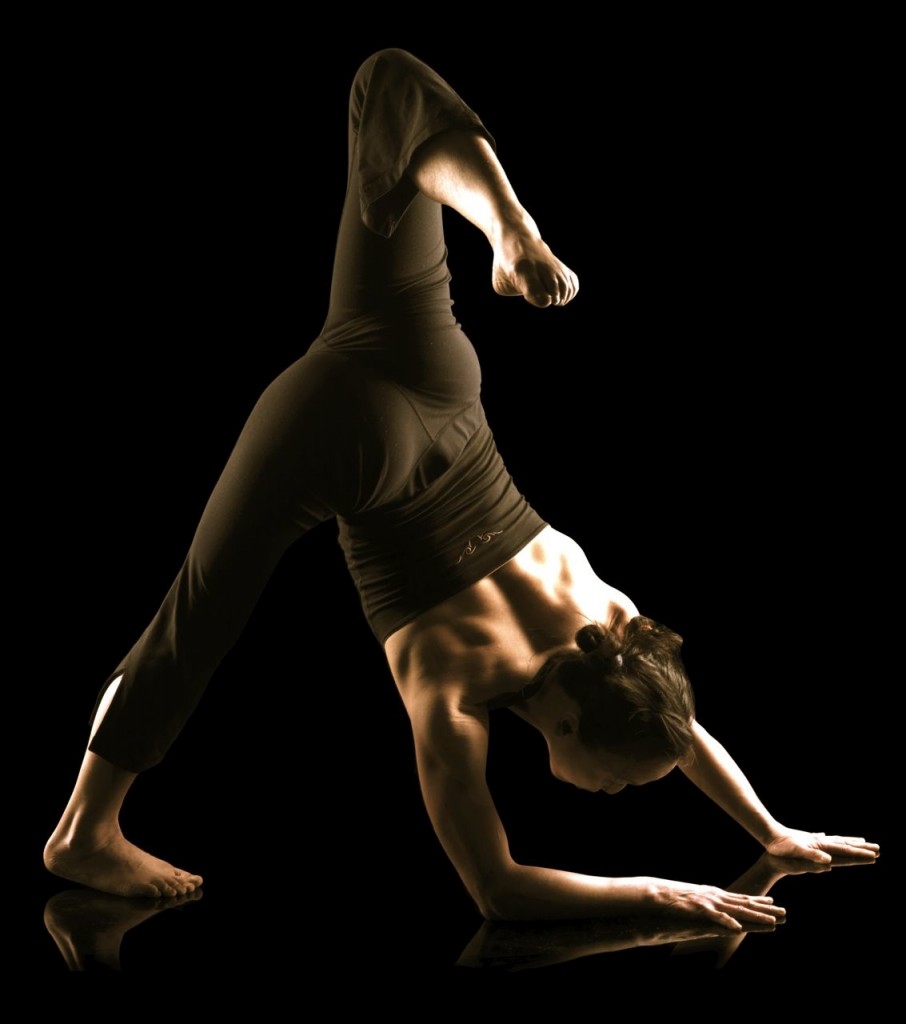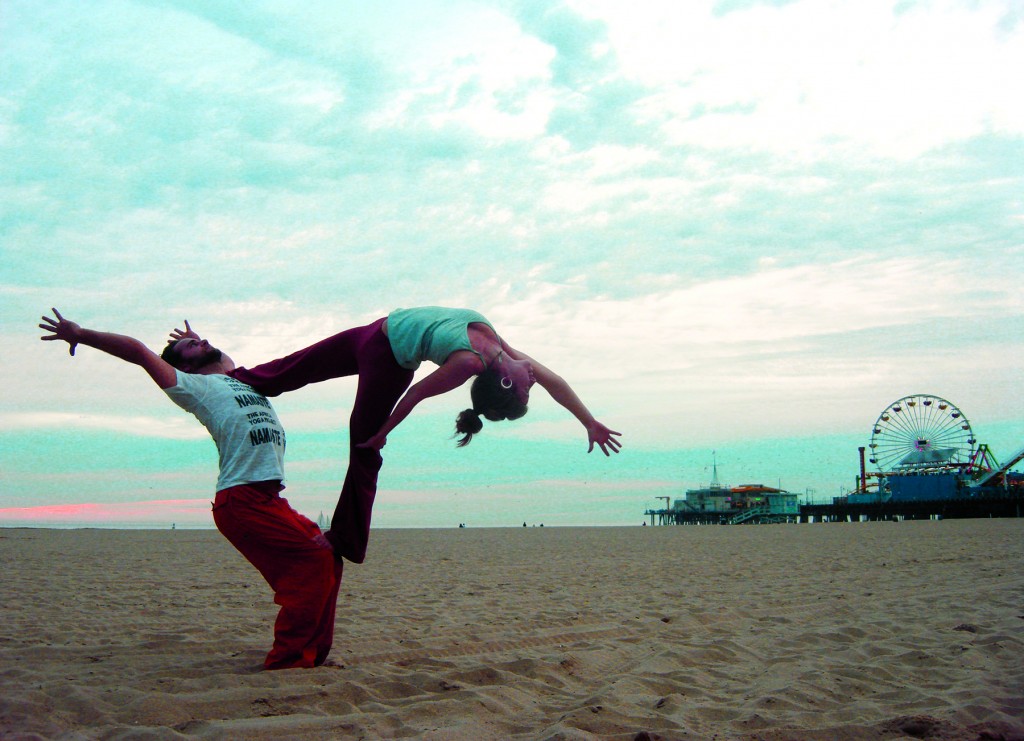Teaching Schedule
“Work honestly, meditate every day,
meet people without fear and play.”
Baba Hari Dass
Jaqui is both a Yoga Asana & Acroyoga teacher. She is available for private sessions or to teaching small groups. You can email your requests here.
What is Yoga Asana?
Yoga Asana is a term commonly used to describe the physical practise that trains the body in building strength, flexibility and stamina; traditionally in preparation for meditation, Those who have practised even just a little bit of yoga will know its benefits are far-reaching and a wonderful complement to our busy often frantic schedules.
If you’ve encountered yoga, it may have been called “Hatha” yoga, and this is the generic term used to describe the variety of physical yoga styles. There are numerous and growing range of styles and hybrids on offer but ones commonly available include Ashtanga Vinyasa, Anusara, Bikram, Yin, Shadow and Iyengar.
The word yoga is derived from the Sanskrit word yuj which translated means union and on a spiritual level, yoga has the potential to have a profound and holistic effect on the human experience and well being on all levels; physical, intellectual and mental.
The source
The origins of yoga are over 2000 years old and often credited to Patanjali’s Yoga Sutras. In this ancient scripture, Patanjali discussed the Eight Limbs of Ashtanga Yoga; the stages towards enlightenment. In the West, the Asana, Pranayama and Pratyahara are the most popular yogic practices. They represent the Third, Fourth and Fifth Limbs, respectively. Asana and Pranayama cover the physical practice of posture and breath control, whilst Pratyahara examines the withdrawal of the senses. According to the Yoga Sutras, the mastering of Asana and Pranayama generates the conditions for Pratyahara, which enables the capacity for meditation and ultimately the union of mind, body and soul.
The benefits
With its foundations rooted in holistic and spiritual well being, the practice of yoga can benefit everyone in many varied ways. Just skimming the surface, yoga can:
- improves physical health and flexibility;
- encourages weight loss as well as firms and tones the body;
- strengthens the core and reduces back pain;
- reduces stress and anxiety and promotes inner peace and relaxation;
- detoxes the body as well as massages the internal organs; and
- improves metabolism and rebalances the energy lines in the body.
Often the effects and benefits to the practitioner are unexpected, profound and meaningful.
Here are the links for my classes, workshops and courses.
What is AcroYoga?
There are now many schools of AcroYoga or partner acrobatics. One such school was founded by Jason Nemer & Jenny Sauer-Kline, formally based in San Francisco, California. The word AcroYoga comes from the Greek root word akros meaning high and Sanskrit word yoga meaning union; so together AcroYoga means high union.
This practice immerses three ancient bodywork traditions: –
- yoga asana;
- partner acrobatics & circus skills; and
- massage & metta (loving-kindness) healing.
Unlike other forms of yoga, AcroYoga builds on the potential to connect with others, to build on a community and cultivate trust within an environment of safe play.
This practice involves three active roles: –
- the spotter, who serves as an interpreter between the base and flyer and aid the stability and success of a skill or flying sequence;
- the base, who is the pillar for which skills are conducted;
- the flyer, who is either the performer or the receiver of therapeutic flying.
AcroYoga combines both dynamic and therapeutic sequences that range from massage and therapy to performance acrobatics and dance. Practitioners can follow set flows to the point they become familiar with the practice and can then work on improvisation.
AcroYoga actively encourages inversions in particular handstands.
Encouraging Safe Play
In each AcroYoga workshop or class participants are encouraged to abide by the following ground rules:-
- accurate self-assessment – work within your ability;
- if in doubt use a spotter – for challenging sequences to ensure safety by using a spotter;
- the magic word is DOWN, this can be called by the base, flyer or spotter to abort a skill or sequence if any party is in doubt;
- BREATH, when conducting challenging skills or sequences the tendency is to hold the breath.
If you would like to come along to an AcroYoga class, we recommend that you:-
- Have some bodywork practice, whether it be practising yoga, dance, moving meditation including rock climbing;
- Be prepared to turn your world upside down and be comfortable with inversions (assisted headstand or handstand); and
- Happy to work with a partner or in groups of three or more, there will be no need to bring a partner, we’ll pair you up.
Here are the links for my classes, workshops and courses.


